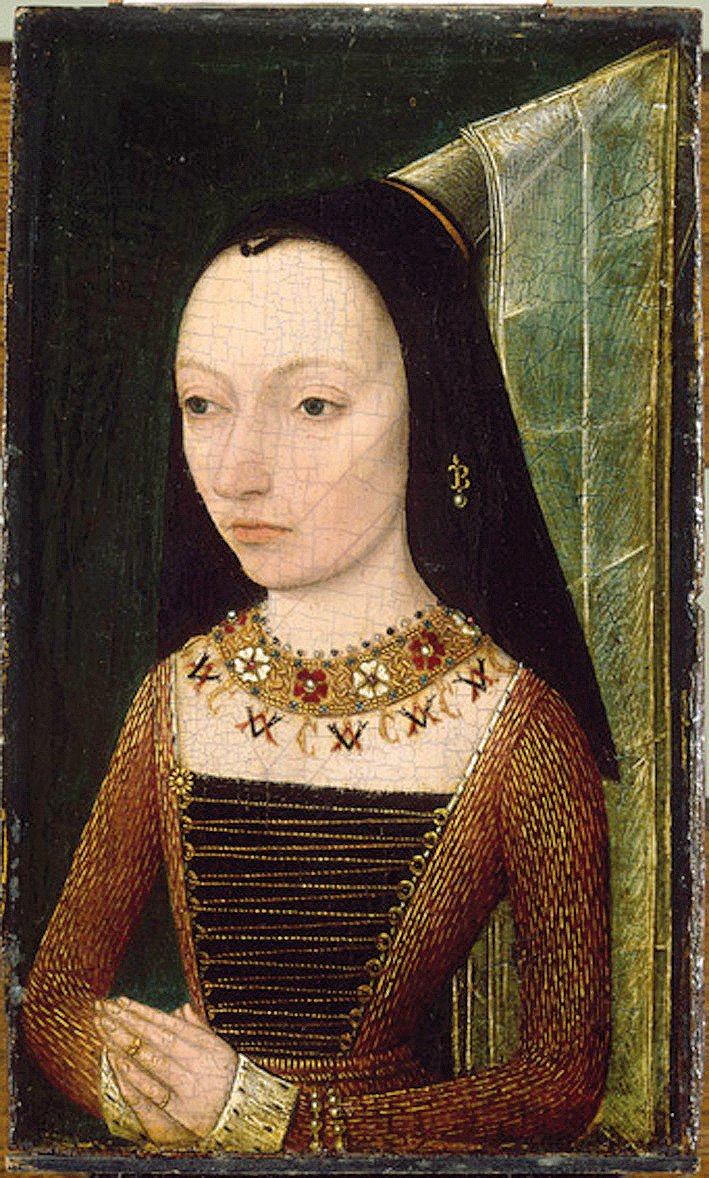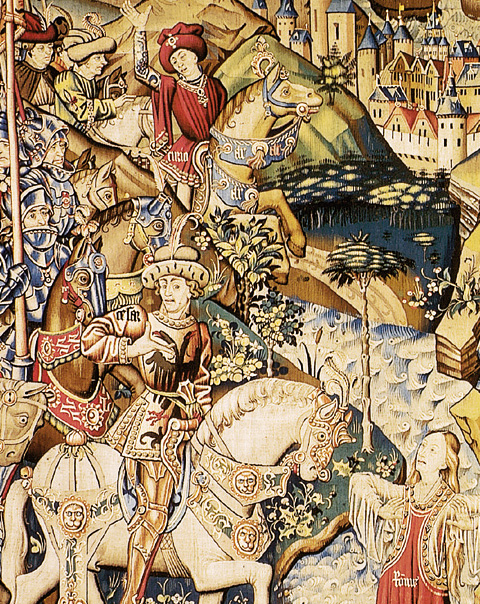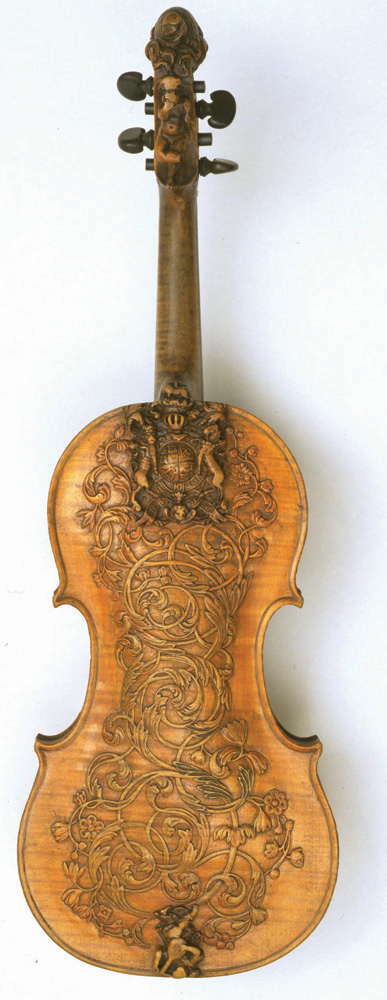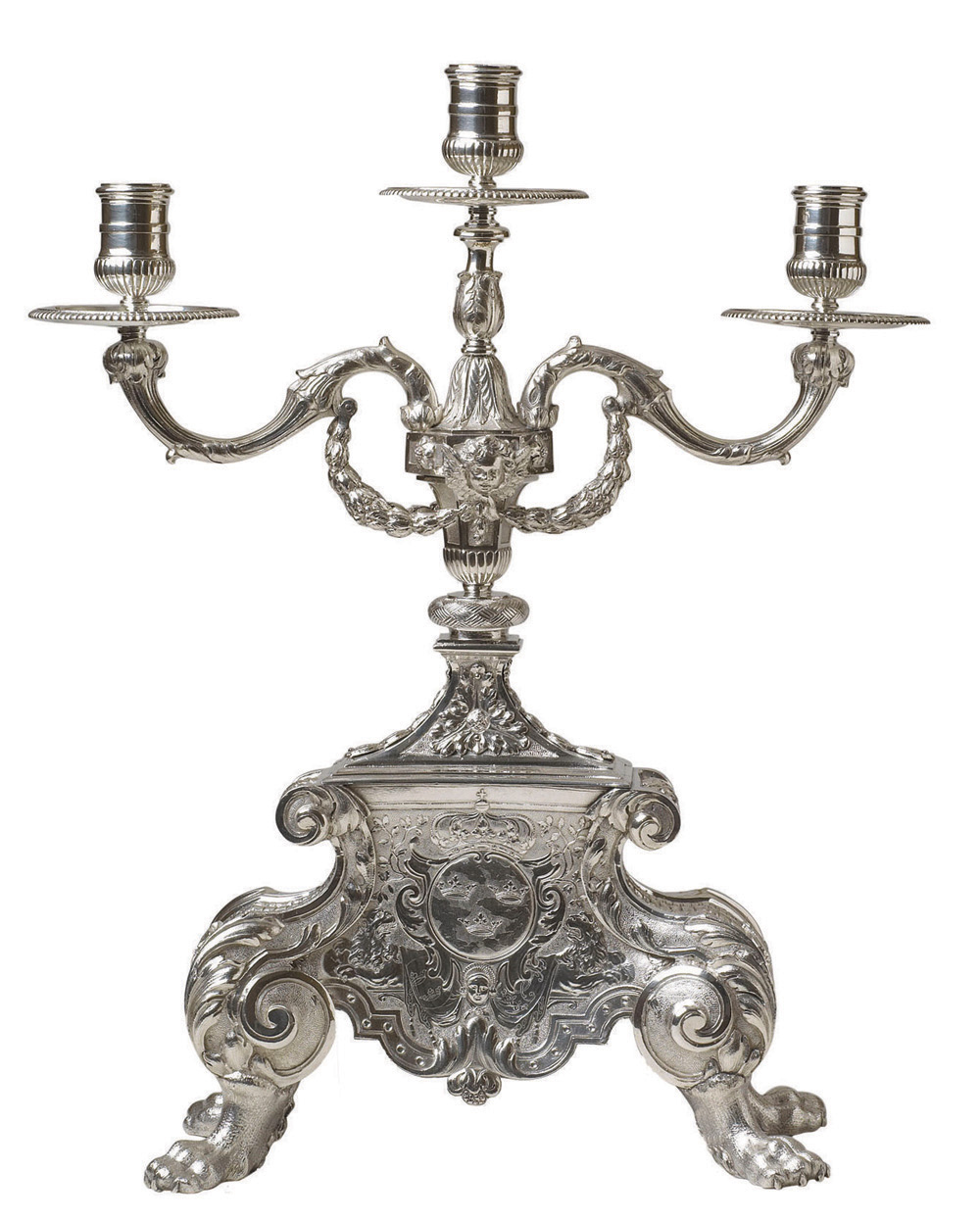Medieval splendor at Belgium’s Groeningemuseum in Bruges and baroque magnificence at London’s Victoria and Albert Museum ebulliently controvert the recession raging outside their doors. Each exhibition exudes the sumptuous confidence of the era that it explores. Nevertheless, beneath their luxurious veneers both offer significant insights into their respective subjects, making them must-see destinations for aficionados of European decorative arts.
Burgundian luxury

After months of refurbishment, the Groeningemuseum reopens with an exhibition devoted to Charles the Bold, duke of Burgundy from 1467 to 1477, whose tomb lies just around the corner in the Church of Our Lady (Onthaalkerk Onze-Lieve-Vrouw). The soaring ambitions of the swashbuckling duke, who hoped to extend his territories from Bruges to Dijon, are reflected in the fineness of the art and objects with which he surrounded himself. The carved frame of an ivory chessboard, the fancifully foliate border of a manuscript, the enameled decoration of a gold and silver reliquary—such exquisitely rendered details speak to the attenuated elegance that made the Burgundian court the envy of Europe.
The exhibition showcases Flemish primitive masterpieces from the museum’s permanent collection, such as Hans Memling’s triptych of Willem Moreel, mayor of Bruges, and his family, but also includes important loans such as the Louvre’s portrait of Charles’s elegant third wife, the admirable Margaret of York, wearing a necklace with Cs and Ms interlaced with lovers knots in honor of her marriage.

The most exciting loans come from the Burgundian goods seized by Swiss troops after the defeats at Grandson, Murten, and Nancy in 1476 and 1477. This is the first time in 533 years that these treasures, now in the possession of the Historisches Museum, Bern, have left Switzerland. One highlight is a magnificent millefleurs tapestry—the sole survivor of a series of eight-in which the coats-of-arms of Charles and his father, Philip the Good, are woven in gold thread.
Charles died on the battlefield in Nancy. His duchy was subsequently absorbed into the French kingdom. The Groeningemuseum’s display evokes Burgundy’s grandeur and pageantry in its final flowering under the duke who aspired to be a king. A catalogue of the exhibition published by Mercatorfonds may be ordered from the museum.
Charles the Bold: The Splendor of Burgundy, 1433-1477 · Groeningemuseum, Bruges • through July 21 • www.museabrugge.be
Baroque magnificence

This spring the Victoria and Albert Museum examines the baroque as a style (not a period) that flourished, to varying degrees and at different moments, across Europe and her colonies between 1620 and 1800. Michael Snodin of the Victoria and Albert, who co-curated the exhibition with Nigel Llewellyn from the Tate, points out that they have broadened traditional examinations of the baroque by looking at it as a phenomenon that “traveled across the world,” as evidenced in objects such as a tea table produced in Java and modified in England; a gilded Mexican altarpiece from the 1680s; and an early eighteenth-century Javanese screen, which, although incorporating Chinese elements, is as stylistically baroque as a Gobelins tapestry produced for Louis XIV in France.
The exhibition’s organization, however, is thematic, rather than geographical or chronological. It begins by defining the baroque—whether applied to art, design, and architecture or to music, theater, and state processions-as inherently dramatic and an art of performance intended to manifest power and authority—whether of a ruler, church, or state. An ornate silver candelabrum underlined the magnificence of its owner as it embellished the ritual of palace life, in which every act, from waking to sleeping, was a spectator sport.
The exhibition points to the employment of sumptuous materials in the style, from rare metals, stones, and woods to man-made wonders such as porcelain, which Europeans could not produce until the early eighteenth century, before launching into sections devoted to the baroque in use at the theater, the square, the church, and the palace.
The lavish installation is by the Land Design Studio and includes replicated windows of the Galerie des glaces at Versailles, a building facade, and theater flats.

Highlights from among the more than two hundred objects on display include an array of items from John V’s chapel of Saint John the Baptist (capela de Saõ João Baptista) at the Saõ Roque church, then outside of Lisbon’s walls. This extraordinary bronze and marble chapel and everything to go with it—from hangings and vestments to candlesticks—were produced in Rome from 1742 to 1749, blessed by the pope, and then shipped to Lisbon and installed in Saõ Roque’s Jesuit church. This late example of the baroque serves to illustrate the development of the Latin Mass as a pivotal legacy of the style.
A cabinet made by Domenico Cucci at the Gobelins workshops for Louis XIV’s use at Versailles; an elaborate state bed given by Louis XIV to the Swedish ambassador on loan from the Nationalmuseum in Stockholm; and rare silver furniture from the English stately house Knole are among the extraordinary objects displayed in the section devoted to the palace and the ceremonialized lifestyle that took place there.
Matching sets of forks, knives, and spoons stand as only one obvious example of the many objects introduced in this rarified context that have become utterly commonplace. For all of its gilded surfaces, cherubic putti, and heavy-handed ornament, the baroque initiated substantial innovations that color how we live today. A catalogue of the exhibition is available from the Victoria and Albert Museum.
Baroque: 1620-1800: Style in the Age of Magnificence · Victoria and Albert Museum, London · April 4 to July 19 · www.vam.ac.uk
